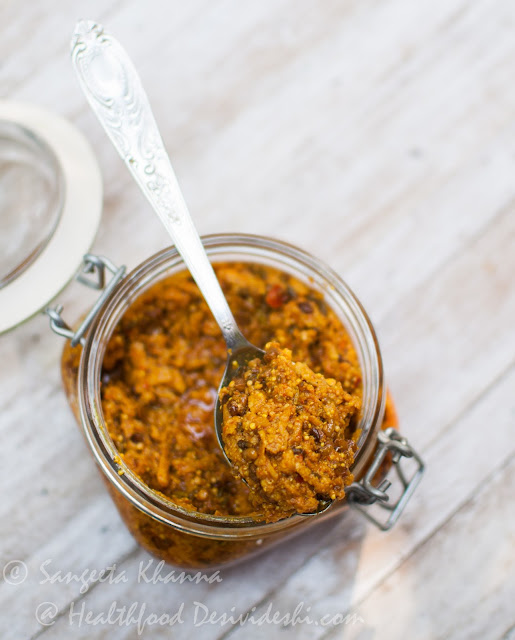Last month I was lucky to get hold of some wild mushrooms brought by my brother. He was driving from Lakhimpur and I had requested him to bring some of these foraged wild foods.
I had tasted several varieties of wild mushrooms during our days in Dhanbad, my maid who belonged to Munda tribe had introduced me to many of these wild foods, and the memory of those freshly foraged wild mushrooms sometimes makes me crave for them. Especially during the rainy season as I am reminded of how the local haats (vegetable markets) will have at least 3-4 mushroom sellers during this season.
Sometimes my maid would bring a fistful of Termite mushrooms that she had found on her way to my home in the morning, the fresh aroma of those mushrooms is unforgettable. She would always tell me these can be eaten raw as well but I never tried that, blame it to my urban sense of hygiene.
So when two bundles of wild mushrooms arrived one day wrapped in newspaper, the way the foragers sell these, I opened the bundles instantly to see what were those. One of them was this wild mushroom called as 'Dharti ka phool' and had a pleasant smell to it.
The other one was so stinky I felt a bit hesitant to cook with it. A similar looking wild mushroom called Rugda from Jharkhand was not smelly at all as much as I remember. Or was it my help who used to clean it? But the big question was I had to clean it all by myself this time.
This pebble like wild mushroom is known as Katarua in Lakhimpur and as Phutphut in Dehradun I got to know. Covered in layers of black mud these had to be rinsed repeatedly to clean.
Katarua or Phutphut is identified as Astraeus hygrometricus (source) which grows mostly around Sal trees and erupts in rainy season every year.
After a good wash the Katarua looks like this. These are Indian truffles, closely related to other truffles of the world and very flavourful.
These have a cartilaginous cover and a pulpy center and need to be halved for cooking into curries. I decided to pressure cook first because the stinky mud had made me sick. Some great foods test your patience truly.
After pressure cooking for about 10 minutes (after one whistle) the Kataura mushrooms were cooled down, chopped into halves and curried. The taste was so good it makes me crave for it now. Very meaty taste, cartilaginous capsule and soft egg yolk like center.
I cooked it with potatoes once as it flavours anything that is cooked with it.
The recipe is not much different for this spicy curry as I followed the bhuna masala method, where the masala is prepared first and then the mushrooms are simmered with the bhuna masala and some water for about 10 minutes. Note that the Katarua has already been pressure cooked. It takes well to prolonged cooking as the cartilage like outer cover is quite hard.
Next time I kept the gravy a little thin as I love the way the soupy curry carries the flavours.This one we polished off with sourdough kulchas.
And then I made biryani with the Katarua wild mushrooms because I thought the rice grains will take to it's flavour really well. The biryani really proved to be worthy of all the effort. Unfortunately I was trying out an organic rice that was sent to me by a farmer and it turned out to be too mushy for biryani but the taste was great.
To make the Katarua biryani, follow the steps as suggested below.
It is not a true biryani but something that will make you think positively about vegetarian biryanis trust me.
1. Make the curry with bhuna masala like above.
2. Boil basmati rice with plenty of water, few tejpatta leaves and few peppercorns. Cook the rice only till the rice is half done. Drain the water and reserve rice, rinse with chilled water briefly.
3. Now layer the Katarua subzi and half cooked rice in a thick bottomed handi. Pour the gravy over it and some additional water, some mint leaves (optional) and a tbsp of ghee. The water used at this step has to be enough to cook the rice while on 'dum'.
4. Cover the handi and cook on 'dum'. Keep a tick griddle below the handi and let it cook slowly on low heat for 25 minutes. This is how 'dum' cooking results into aromatic biryani.
5. Serve the biryani as soon as the dum cooking is over.
We normally serve raita and salad with biryanis but since it was the rare flavour of Katarua we decided to make a plain kachumber of tomatoes and onions. It was such a delectable meal to remember.
Next time I get hold of these wild mushrooms called as Katarua, I am going to experiment some more and see if it pairs well with the western recipes.






















